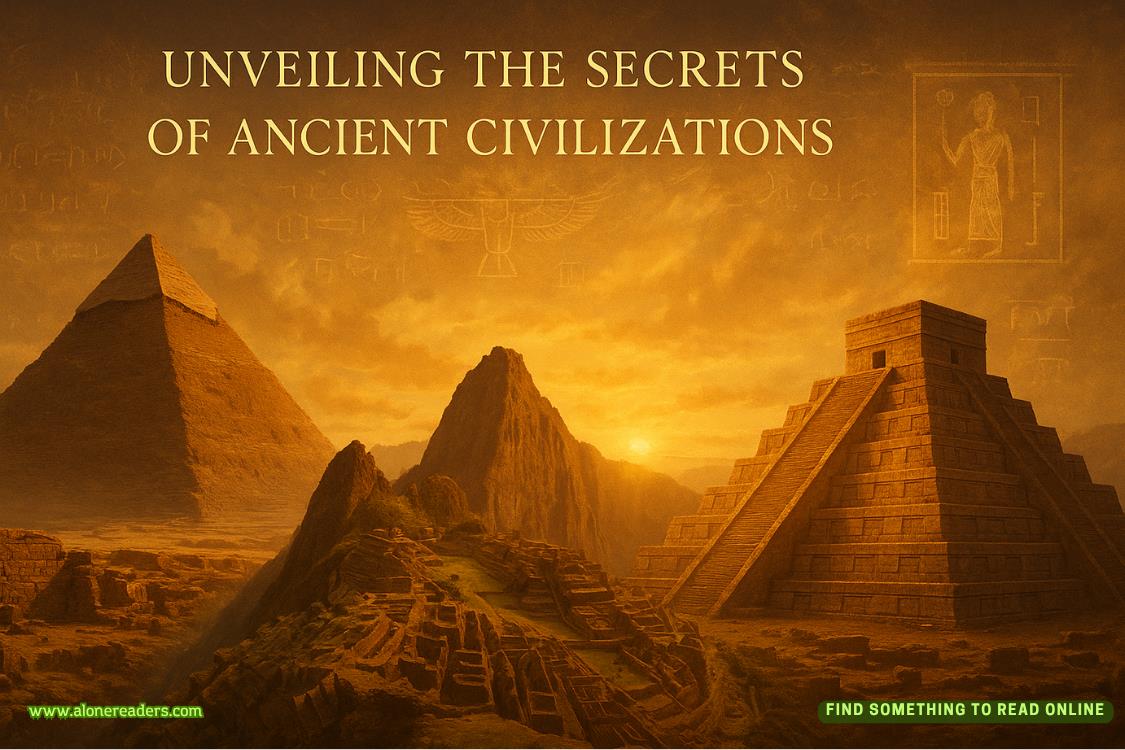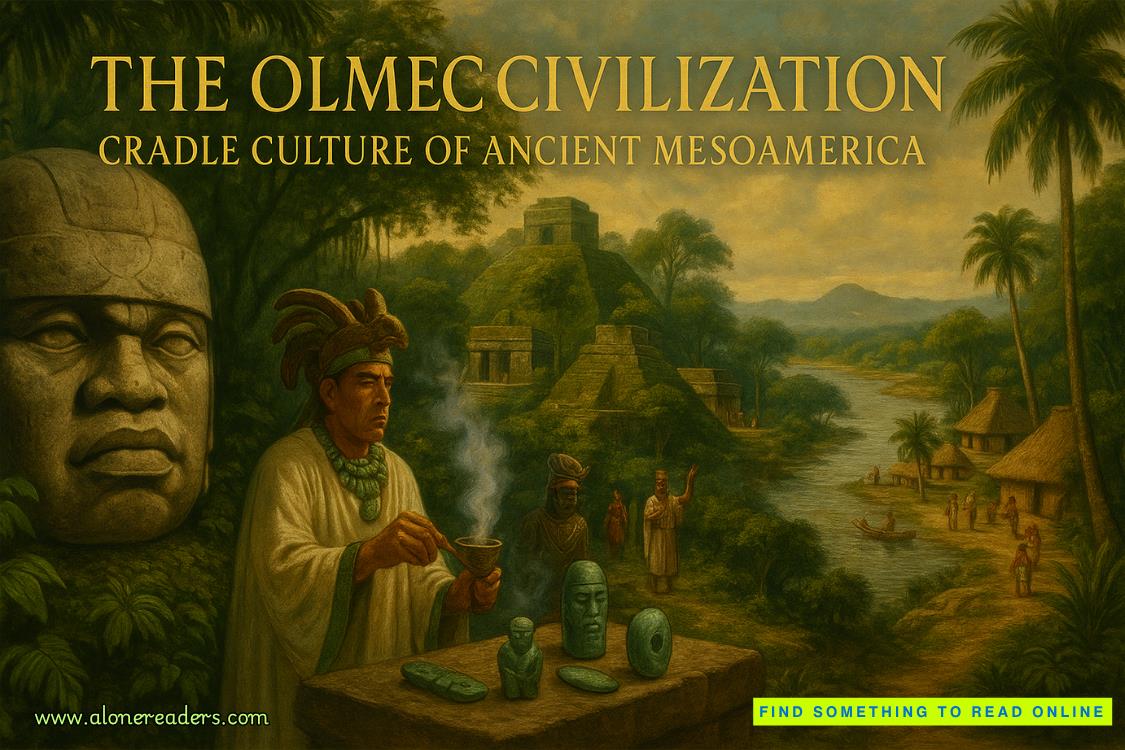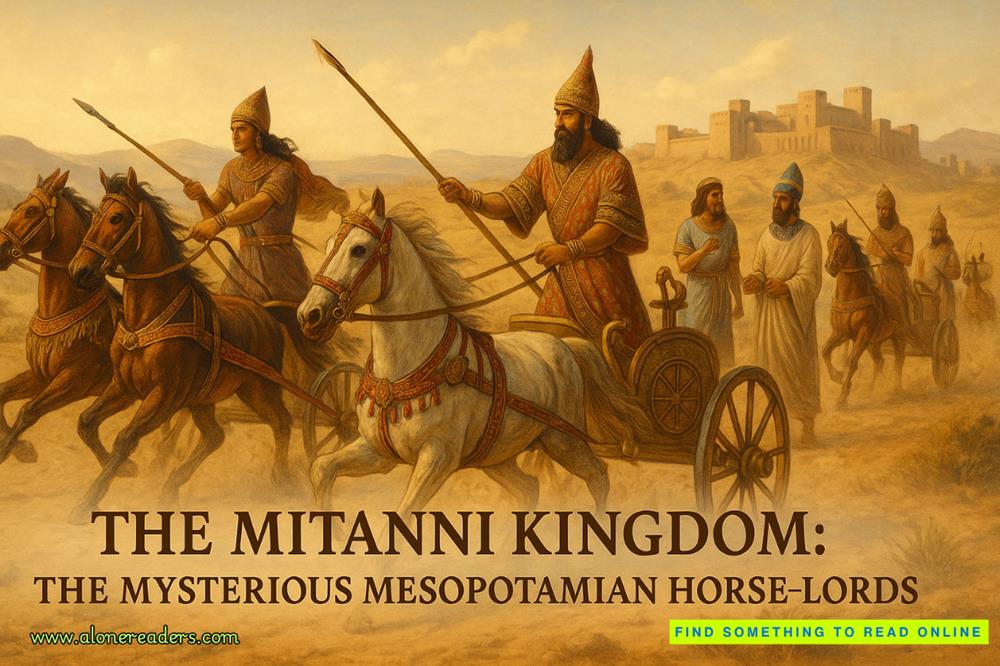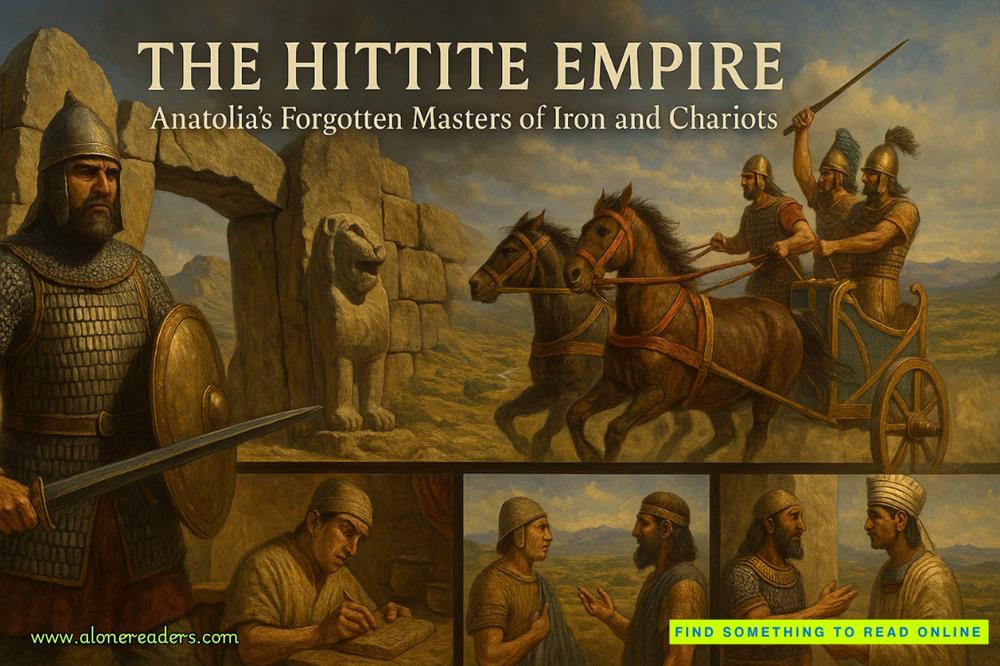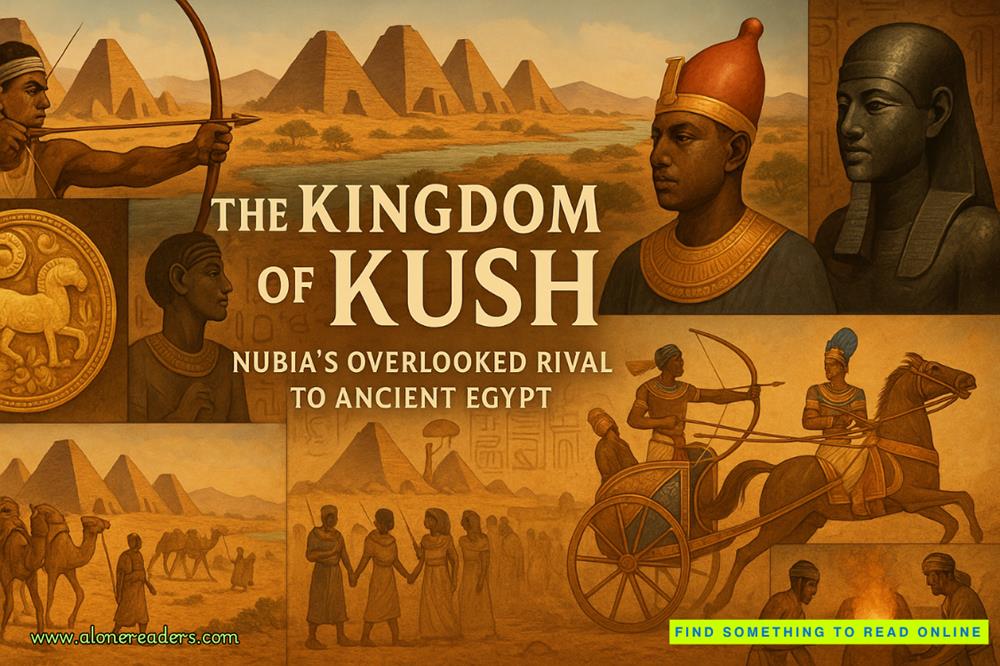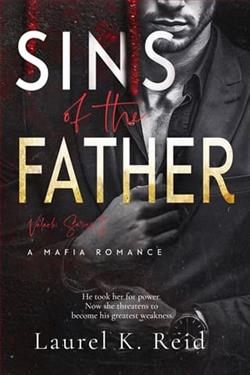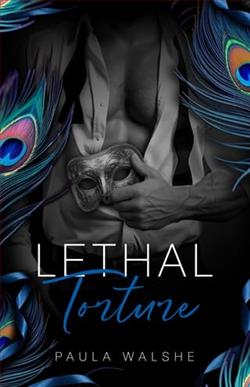Page 132 of Whistle
“I know.”
She smiled. “In case you were wondering.”
“I wasn’t.”
“I should let you get your homework done. You have much more?”
“Just this.”
“When you’re done, you want to come down and have some ice cream? There’s two cartons in the freezer with a tiny bit in each one, and I’m going shopping tomorrow so I want to make some room. So, you know, you’d be doing me a favor.”
Dylan smiled. “Okay.”
“Five minutes?”
He nodded.
It only took four. He was down the steps and coming into the kitchen, where his mother had set up two bowls and was scooping out the ends from two Ben & Jerry containers, when the entire house began to shake.
Janice said, “What the—”
The vibration was enough to prompt Dylan to reach out and grab the counter to keep from falling over.
“Wow!” he said. “Was that an earth—”
The house shook even harder.
Dylan turned and started running. “Gonna see what it is!”
“Dylan! Wait!”
But he was already gone. She heard the front door open and slam shut.
Dylan ran to the end of the driveway. He was far from the only one. People up and down the street were streaming out of their houses, wondering what was happening.
Everyone looked to the west, where the heavens were turning orange. Great balls of flame leapt up into the sky.
Dylan glanced back at his house, saw his mother coming out the front door.
“Mom, come see!” Dylan cried. “It’s beautiful!”
Forty-Eight
Over the weeks and months that followed, the National Transportation Safety Board, or NTSB for short, would conclude, although not conclusively, that the Lucknow Disaster, as it would come to be known, was caused by a “hot box.”
A “hot box” was in actuality a lubricated journal bearing on one of the tanker car’s wheels. It was believed that the lubricant had leaked out, which caused the bearing to overheat. Sparks from the overheating would have progressed to fire, and before long the axle would break, causing one of the car’s wheels to fall off. These so-called “hot boxes” were all supposed to have been phased out years earlier, but clearly some cars were still equipped with them.
Once the wheel fell off, that car—the forty-third in a ninety-two-car train that was being pulled by one Albany & Bennington and two CSX diesel engines—slipped off the rails. And given that it was coupled at each end to other tanker cars, they were yanked off the tracks. And so on, and so on, until more than half the cars that made up that freight had derailed before it came to a stop.
When the cars crashed into each other, some of the them exploded. In a chain reaction effect, almost every car that exploded would set off one or both of the cars to which it was coupled. Those cars contained such chemicals as styrene, propane, caustic soda, and, most critically, chlorine.
Many people were reminded of an incident north of the border,near Toronto, more than two decades earlier, when several chlorine-filled cars derailed. Chlorine gas, being heavier than air, displaces oxygen. People exposed to chlorine gas would be unable to breathe, and the gas they inhaled would burn the lining of their lungs.
And they would die.
Fearing an explosion was imminent, authorities back then ordered a mass evacuation, and in the end the cars did not blow up, and no one died.
Lucknow would not be so fortunate. As the residents would soon discover.

